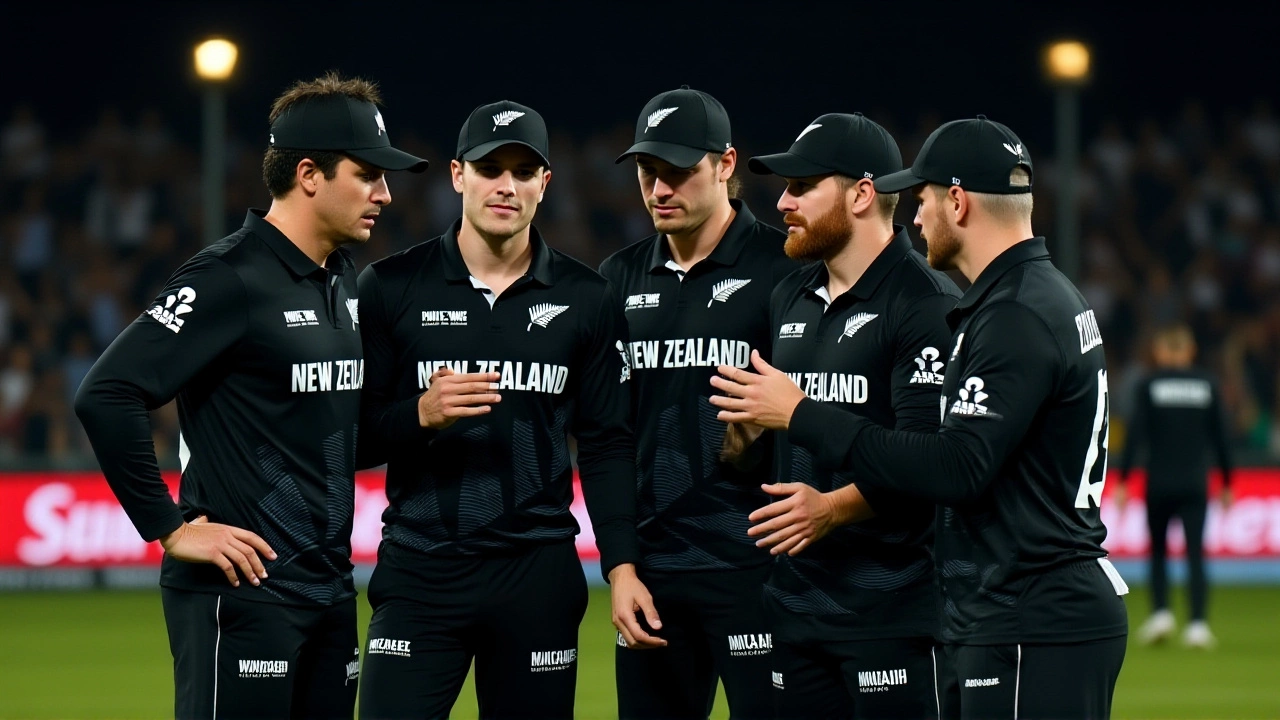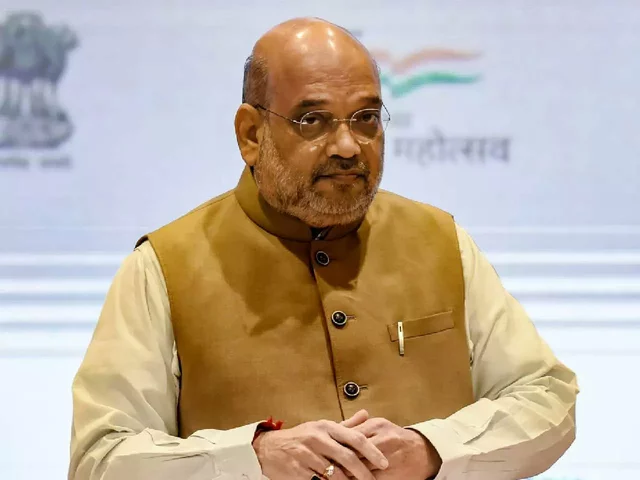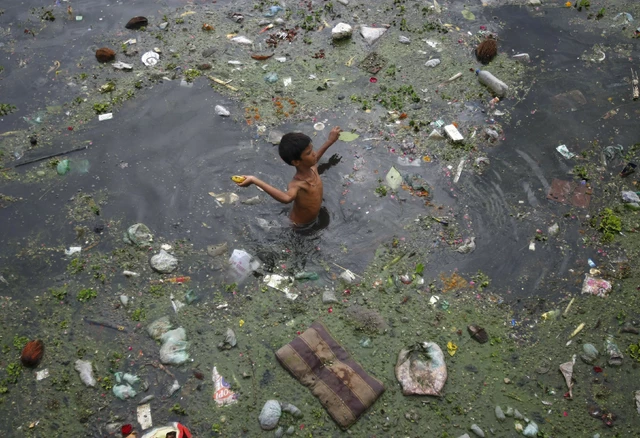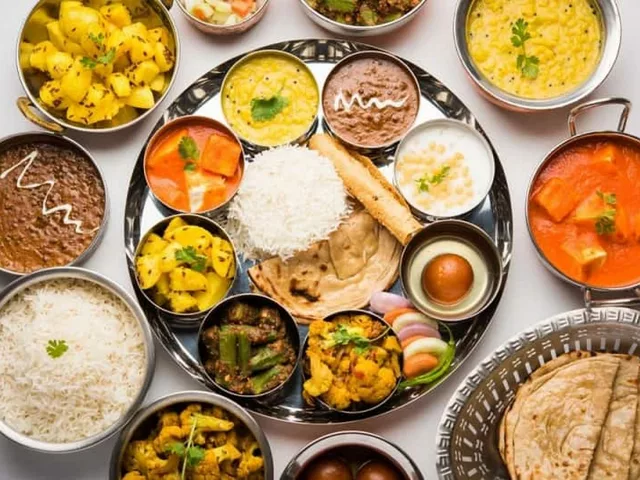Karachi: News, Culture, and Connections to India
When you think of Karachi, the largest city in Pakistan and a major economic and cultural center in South Asia. Also known as the financial capital of Pakistan, it's a place where history, migration, and modern life collide—often echoing back to India in surprising ways. Karachi isn’t just another city on the map. It’s a living bridge between two nations that share more than borders—they share languages, food, music, and even family trees. After Partition in 1947, millions moved across the new boundary. Many Urdu-speaking Muslims from India settled in Karachi, bringing their traditions, cooking styles, and even street vendor culture. You’ll find the same biryani, the same chai stalls, and the same love for cricket here as you do in Mumbai or Lucknow.
The connection doesn’t stop at culture. Karachi’s media, business, and politics often mirror what’s happening in India. When India announces a new trade policy or a cricket tournament schedule, Karachi’s traders and fans pay attention. The Kartarpur Sahib corridor, mentioned in Indian news, was welcomed in Karachi too—because it touched the hearts of families split by borders. Even today, Indian TV channels are watched in Karachi homes, and Pakistani artists collaborate with Indian musicians. The Indian diaspora in Karachi, though smaller now, still holds deep roots. And when India’s Supreme Court makes a ruling on environmental issues or refugee rights, Karachi’s lawyers and activists watch closely—because these decisions ripple across borders.
Don’t forget the sports. When India plays Pakistan in cricket, Karachi’s stadiums buzz with energy. Players from both sides grew up watching the same matches on the same dusty grounds. The Karachi cricket scene produced legends who were once idolized in India. And when New Zealand won the Women’s T20 World Cup in the UAE, fans in Karachi cheered just as hard as those in Delhi—because cricket doesn’t care about passports. Even the food festivals in Karachi, like the ones celebrating samosas and jalebis, feel like home to anyone from India.
What you’ll find in this collection isn’t just news about Karachi—it’s the quiet, everyday links between two countries that can’t fully let go of each other. From legal debates over citizenship to street food recipes passed down for generations, these stories show how deeply intertwined life on either side of the border still is. You’ll read about politics, sports, culture, and people who live between two worlds—and how they keep the connection alive, even when the headlines say otherwise.





